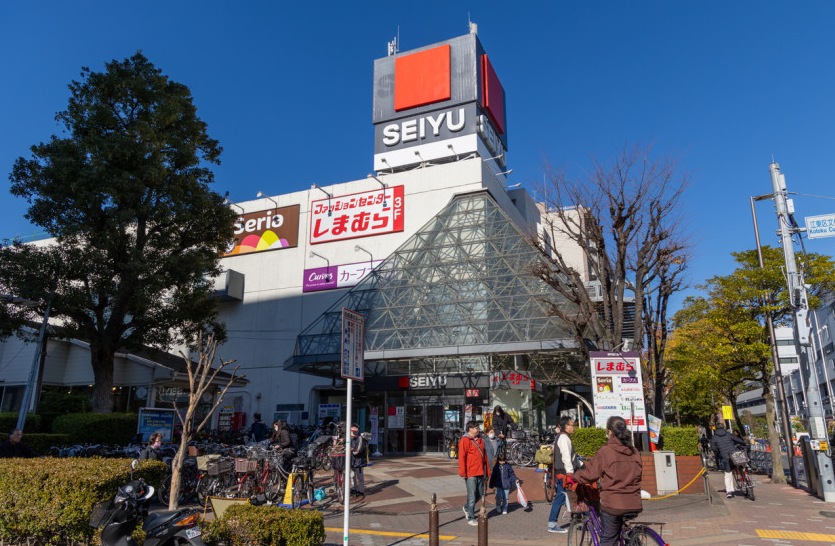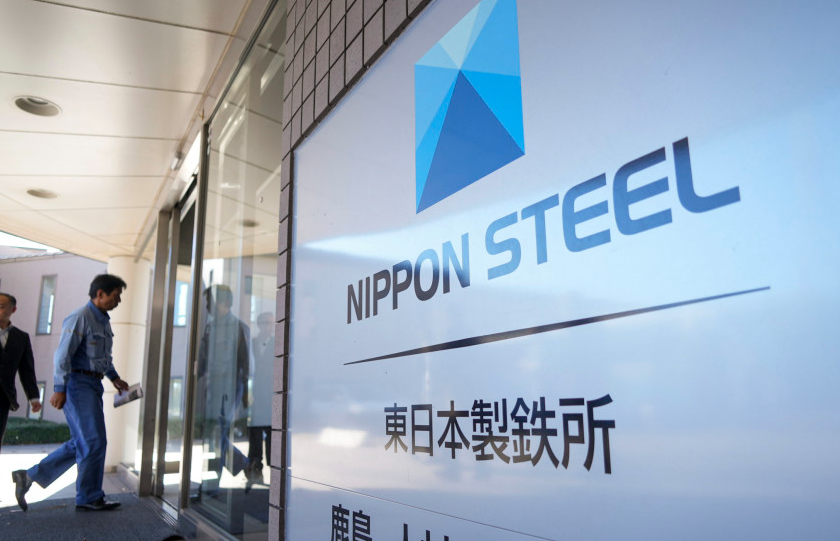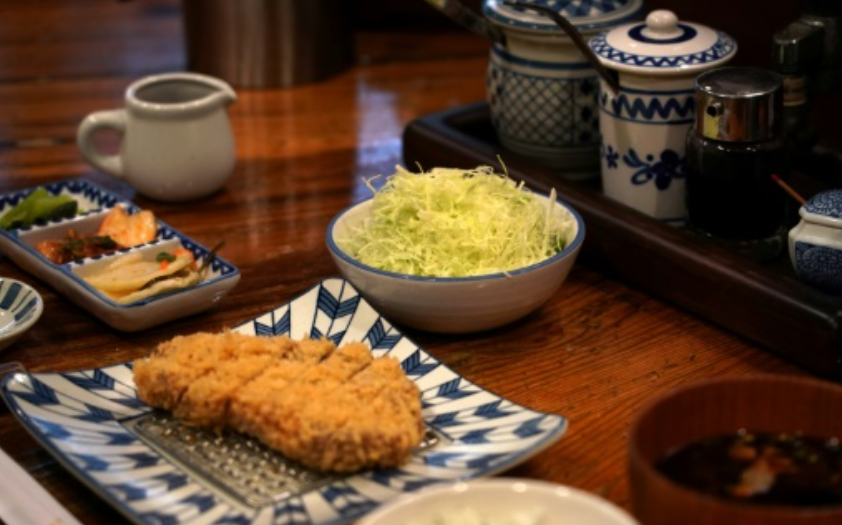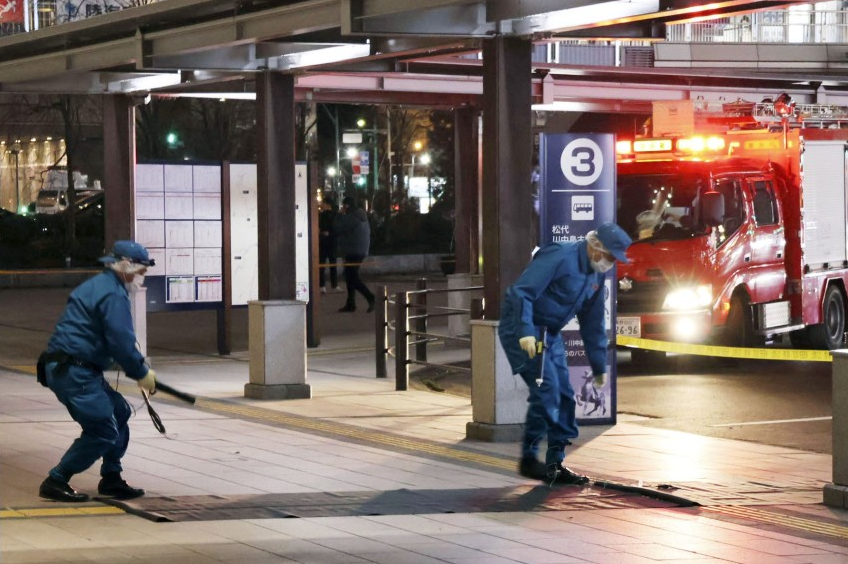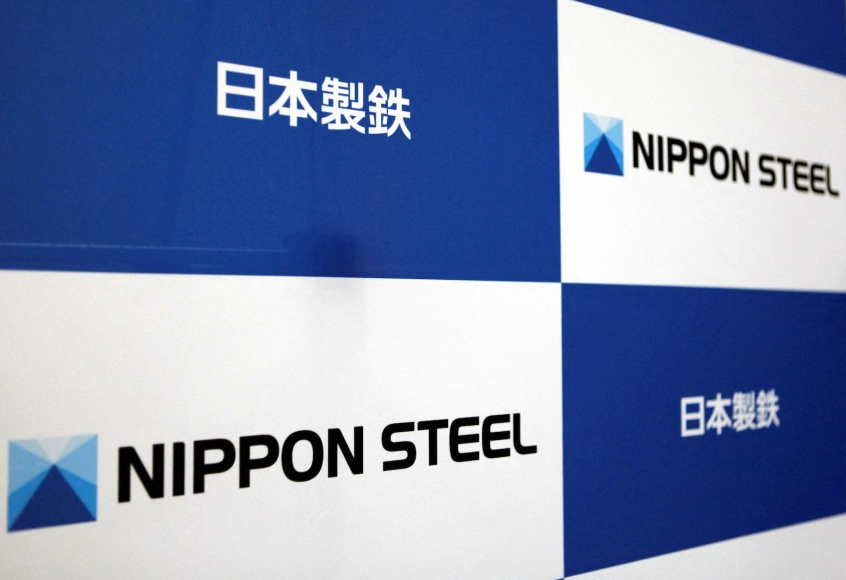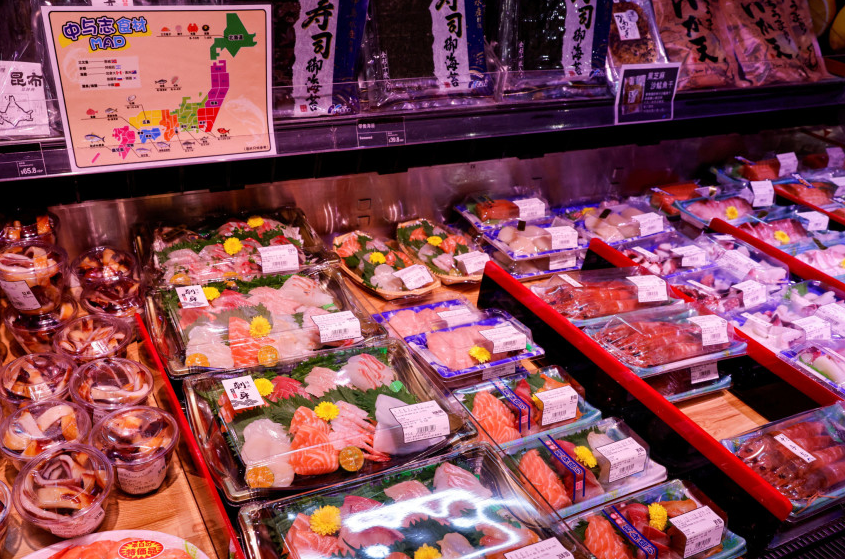发布时间:2024-01-25 人气:4 作者:郝
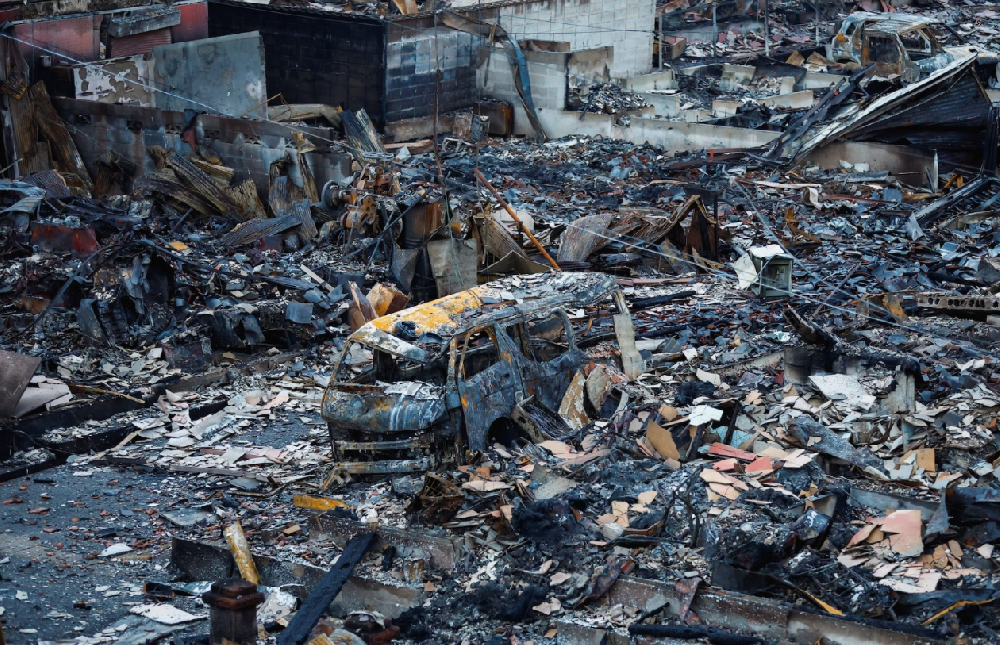
Like many other parts of Japan, the Noto Peninsula had been enjoying a post-pandemic recovery in tourism before a magnitude-7.6 quake on New Year's Day drastically changed its trajectory.
Wajima, one of the hardest hit cities in Ishikawa Prefecture, was once a popular base for exploring the peninsula, with its rich artisan culture of lacquerware, morning market and rice fields drawing visitors from around the world.
Now the streets around the city's famous morning market, gutted by a major blaze that broke out following the quake, are lined with collapsed buildings and charred debris, with roads leading into its most famous sites severely damaged.
As of Tuesday, among the more than 200 people who died in the disaster, 98 were in Wajima, with 15 in the city still unaccounted for.
In the nearby city of Nanao, where an earthquake registered 6 on the country's seismic intensity scale of 7, numerous tile-roofed townhouses on the centuries-old Ipponsugi-dori shopping street are in various states of ruination. Even the surface of the landmark Sentai Bridge is lifted and cracked in parts.
While the damage in the city's famous Wakura Onsen hot spring resort town is not as severe as in Wajima and Suzu, the path to recovery remains uncertain, according to Atsushi Endo, executive and administrative director of Nanao Nakanoto DMO, an organization promoting tourism in the area.
"When you look at the buildings from the outside, they seem fine. However, inside, it's a mess. We need to get specialized architects and inspectors in to assess the damage," Endo said.
"Now is supposed to be the time for those who borrowed money during the coronavirus pandemic to pay it back, but after being hit by the earthquake, they just don't have that capacity," he added.
With running water still not restored to large parts of the peninsula, many are simply taking the challenges they face day by day, with any light yet to appear at the end of the tunnel.
"All industries have come to a standstill, and there are quite a few people who may have lost their jobs. We haven't been able to grasp the current situation," said Hajime Koyama, director of the inbound tourism team at Noto DMC.
The business-to-business travel company, which specializes in tailored Noto Peninsula tours, helped plan trips for over 500 foreign visitors in 2023, with many wealthy travelers from countries like France, Canada and the United States utilizing their services.
The prefectural capital of Kanazawa, some 95 kilometers south of Wajima, has become a popular tourist stop on the new "Golden Route" that passes along the Sea of Japan coast on the way from Tokyo to Kyoto.
According to Koyama, the Noto Peninsula saw around 50,000 international visitors before the pandemic in 2019, with figures for last year likely to have also reached the same level.
But with the earthquake and ensuing chaos keeping tourists away, Koyama said his company is currently focusing on helping the area make a quick recovery while remaining prepared to once again receive visitors.
"Fortunately, there have been hardly any cancellations (by inbound tourists) for trips to Kanazawa. Maintaining this stability is crucial because it contributes to building relationships that ensure a swift return when Noto bounces back," he said.
With daily news reports detailing the devastation causing the number of domestic travelers to Kanazawa to plummet despite the city being relatively unscathed, foreign tourists have kept arriving.
At the popular Higashi Chaya district, the largest of the city's historical geisha districts, Taiwanese tour groups and other foreign travelers continue to crowd the streets.
Aurora Chen, 36, who was visiting Japan for the first time with her boyfriend Roe Hu, said they had been planning their trip since June last year and did not feel deterred as "Taiwan also has a lot of earthquakes, so it is not something out of the ordinary for us."
Gail Digate, an American on a group tour with her husband, echoed similar sentiments, saying they had been planning their trip for around a year. Born in Sendai, northeastern Japan, the 71-year-old said her nostalgic connection with Japan meant "nothing stops me."
"I wasn't worried because I figured there would be some aftershocks, but I wasn't leaving until (weeks after the quake). So, I figured it would be all right. And if it's my time, it's my time. I started here, I could end here," she said with a laugh.
Indeed, many on the peninsula are pinning their hopes on Kanazawa to give tourism another much-needed kick-start, in the hopes that money spent will flow into Noto as well, said Nanao Nakanoto DMO's Endo, who also called on the central government to present clear reconstruction support measures as soon as possible to give everyone a sense of direction.
Despite the future of the largely destroyed Wajima morning market remaining uncertain, Nagatake Tomizu, who heads an association supporting the market, said the attraction will likely become "a symbol of recovery."
"We want to revive it, even if we don't know how many years it will take," he said.

